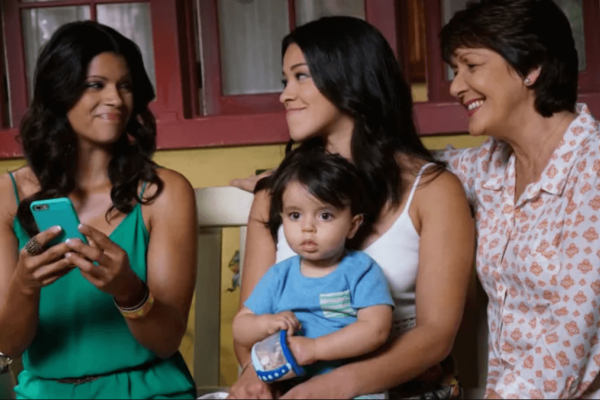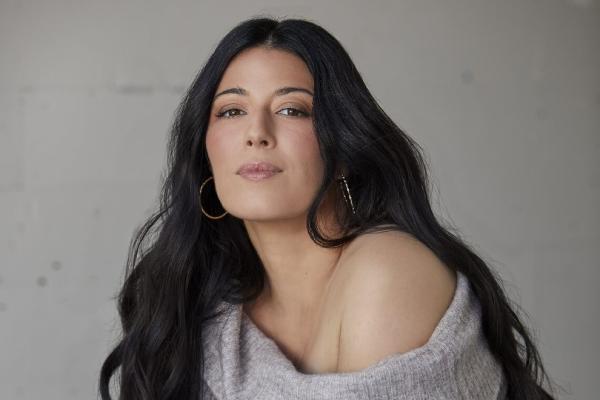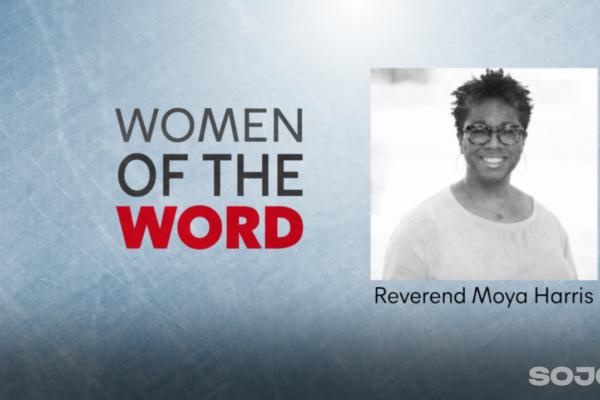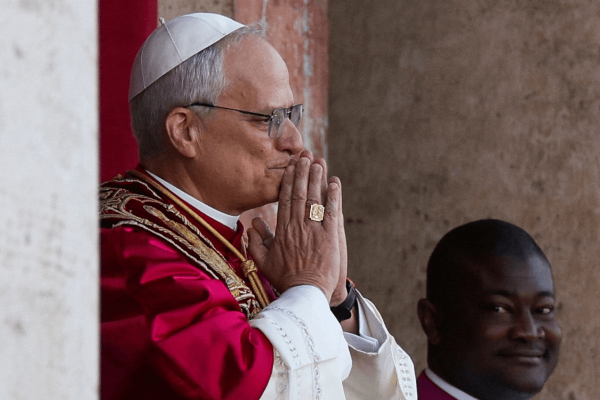We can’t quite know what the future of the U.S. Catholic Church will look like — we can guess it will be more Latinx. And (hopefully) more female. Back in the ‘90s, 87 percent of U.S. Catholics were white, non-Hispanic, compared to 55 percent today . As the Catholic Church discerns how to move forward amid scandals, the CW’s Jane the Virgin provides a glimpse of what might be in store.
Debuting in 2014, Jane the Virgin stars Gina Rodriguez, who plays Jane Villanueva, a young Latina and practicing Catholic in Miami. This show beautifully displays the syncretism of telenovelas and romantic comedies, packed with dramatic twists and turns and an endearingly over-the-top narrator. In the first episode of the series, Jane is “accidentally artificially inseminated,” kicking off a succession of plot twists that serve as an entertaining entry point into larger questions of family, redemption, immigration, sexuality, and faith.
Editor’s note: spoilers ahead!
Now in its fifth and final season, Jane finds herself coping with a husband (Michael) who has come back from the dead and a mom in her last round of chemo — both situations that would test anyone’s strong faith. Jane captures a modern form of Catholic femininity. Jane the Virgin takes seriously the realities of Latinx Catholic culture while allowing Latinas to find themselves in the millennial protagonist.
I see myself in Jane’s character in a way I have never seen on screen before: her skin, her role as a daughter, and her Catholicism. At a time when it’s been difficult to proudly profess my Catholic identity, this show creates a feeling of resonance and hope — hope that comes in the form of a brilliant brown woman.
TV shows about Catholicism that move past stereotypes of Catholic guilt and pious prayer are limited. As are deep dialogues around crises of faith. But even more limited? Latinx representation. According to the UCLA Hollywood Diversity Report released in 2018, Latinx people only made up 5.6 percent of cable scripted shows even though the Latinx population exceeds 18 percent. Aside from One Day at A Time, there are not many shows that have a young, Catholic woman as the lead. Let alone a young lay Latina.
A Latina wrestling with Catholic guilt is a powerful image. The second episode of season five dives deeply into this theme: While the return from the dead of Jane’s husband is nothing short of a miracle, the timing couldn’t be more disruptive — she is deeply in love with someone else. Her shame for not loving Michael anymore is intensified by the guilt of having to file for divorce. Understandably, she turns to her faith in the midst of this chaos. A montage of Catholic sacraments from baptism to marriage begins. Relatable images of white dresses and parishes illuminate the screen. And significantly, each of the parishes highlighted are predominantly Latinx, as are the women in the white dresses.
Jane wrestles with various thought-provoking and relatable questions. Does taking birth control make you a bad Catholic? Or is it divorce that guarantees you a one-way ticket to hell? The show does not give you a clear “yes” or “no” to either of these questions. Instead, it illustrates the reality of doubt. Faith is not straight forward. The brilliance of this show is that it provides a framework for asking these difficult questions. And it does so through a brown, female character.
According to Dr. Ospina, professor of Hispanic ministry and religious education, “Hispanics account for 71 percent of the growth of the Catholic population in the U.S. since 1960.” This rise of Latinx Catholicism brings forward a different embodiment of the faith — one where Jane’s abuela adorns their multigenerational home with statues of La Virgen de Guadalupe and teaches her prayers in Spanish. Jane the Virgin doesn’t zero in on Catholicism in a negative way. It does not portray the women of color hyper-sexualized or overly pure, but rather, it finds an accurate and relatable middle ground.
My Catholic identity is a huge part of what makes me who I am, dictating where I spend my time and what influences my morality. The U.S. Catholic Church is going through overdue changes right now — growing pains if you will. Jane the Virgin reminds me that I can search for healing outside of the pews, especially when I do not see myself reflected in current Catholic leadership. And Jane’s character encapsulates the much-needed representation that has been missing for Latina Catholics like myself.
Got something to say about what you're reading? We value your feedback!







